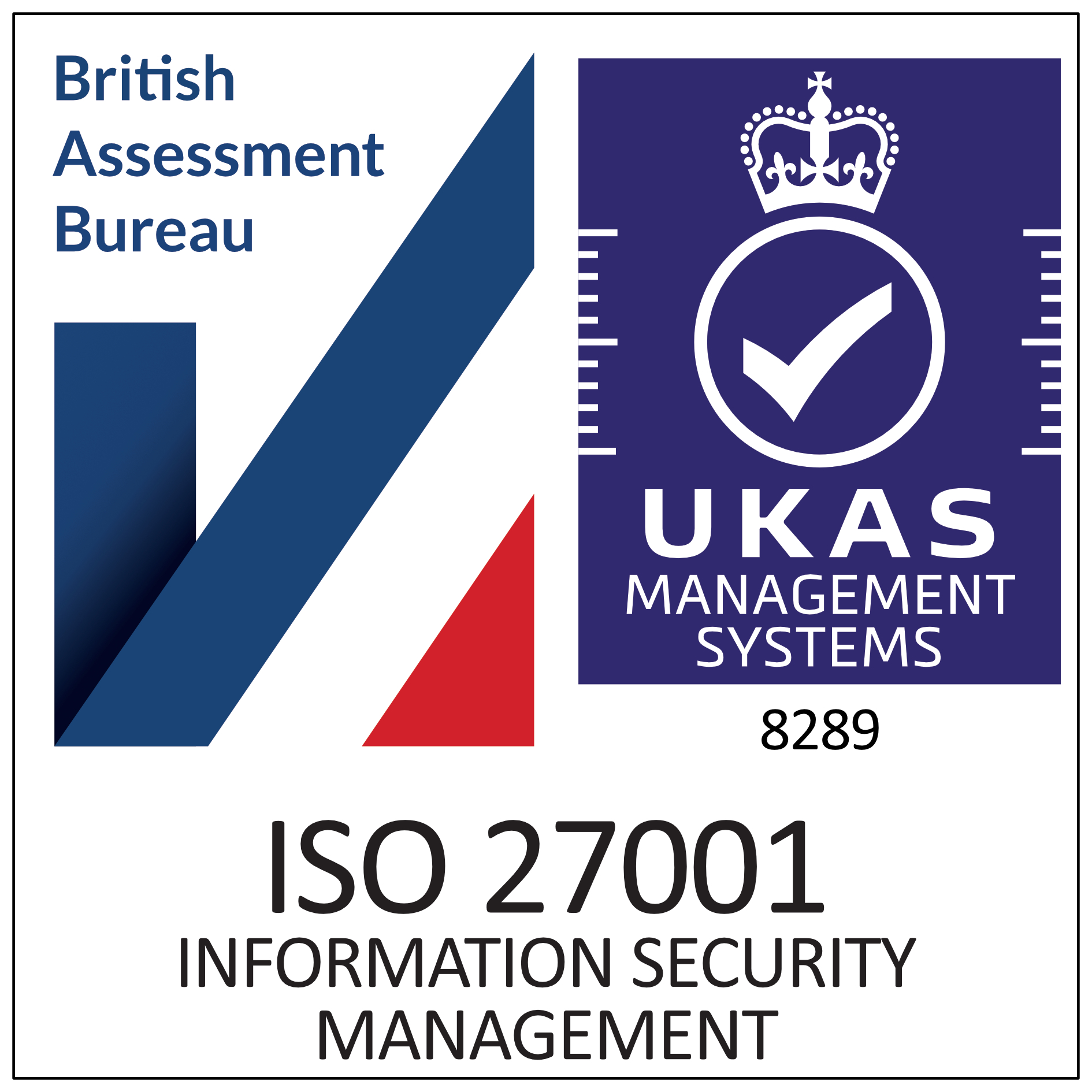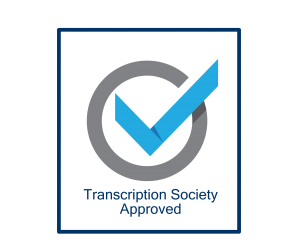Part 1
We were asked this question this week by someone within the NHS looking to undertake a series of interviews with patients, and enquiring whether they needed specialist equipment.
Smartphones are the best
Firstly, smartphones are so advanced in terms of their audio technology, that the sound quality you will get from using a standard iPhone put on a table between the two speakers is, in most cases, absolutely fine.
Voice recorders are old hat
It used to be the case that voice recorders, such as the Olympus DSS range were much more useful than a smartphone or other type of phone, but the smartphones now are so advanced, and the software so good, this is easily the best way of doing it.
NB: there has been a lot of debate over whether the correct spelling is ‘smart phone’ or ‘smartphone’. It seems that over time ‘smartphone’ has become the dominant spelling in the same way that VHS trumped Betamax!
However, there are a couple of caveats to this. If you are in a very busy environment with lots of background noise, then unfortunately not only is your smart phone is going to pick up your voice but also all the noise around you. The noise around you may well be so loud it makes the job of the transcriber very difficult when it comes to providing you with a transcript of the interview. With this in mind, you may want to consider the use of a unidirectional condenser mic plugged in, or even two unidirectional microphones pointing at you as the interviewer and at the interviewee. This would then in theory cut out most of the background noise for you, or at least reduce it to more acceptable levels.
Group recordings
The advice above is completely different if you are interviewing a group of people rather than just one or possibly two. In this case, you definitely need a quiet environment to complete the recording, because otherwise you are going to pick up lots of background noise, together with lots of speakers all speaking into the recording at different directions, which will make it very difficult to phase out any of the background noise.
If you are recording a group, for example a seminar or a focus group, then the optimum way of doing it is to consider the use of an omnidirectional or stereo microphone, which plugs into whichever type of recording device you are using (or connects via Bluetooth), and picks up the voices without too much interference. You can get unidirectional and stereo/omnidirectional mics that connect up to smart phones, and by way of quick example, a Zoom iQ7 Professional Stereo Microphone for iOS will set you back about £89. Microphones also have condenser options as well, which reduces some of the room effect or background noise.
You may find that the smart phone is fine for multiple speakers on its own, but it does depend on the acoustics of the room.
Background noise and multiple speakers
Quite a bit of the background noise on a recording can be traced back to the acoustics in the room the recording was completed in. For example, if you have multiple speakers spread out around a church, then there is a very good chance that the recording you get will be very echoey, and voices will be hard to pick up. Similarly, if you record a lot of people squashed into a very small room, it can be very hard to detect the difference between each voice and provide a transcript with individual speakers identified.
Room sizes
A good sized room for completing one to one interviews is a small hotel bedroom sized room, with the smart phone or microphone placed equal distance between the two speakers.
The optimum size room for a group of speakers is one that probably is the size of a hotel suite, assuming you have less than 15 speakers.
If you have more than 15 speakers then you probably need to be looking at a room double that size in order to get the right acoustics for a good quality recording.
Good recording practice
Our advice is usually to start a recording by getting the interviewer and the interviewee to say a few lines and then play back the recording to make sure that it has picked both of them up equally well, and that the recording is clear and crisp wherever possible.
Summary
If you are recording on a one to one basis in the right sized room with very low backgrouind noise , you will not need to worry too much about specialist equipment. However if you are going to regularly be recording groups in loud or difficult environments, you may want to consider investing in a condenser stereo microphone.
Part 2
What is the best way to record a qualitative research interview? Follow up article and corrected advice
In the November edition of Transcription News, we included an article on the best way to record a qualitative research interview for a new NHS client and whether they needed specialist equipment. Our advice, as ever for achieving a clear and accurate recording, was to use a smart phone.
Correction
One of our regular clients very kindly responded to point out an issue with our advice as follows:
“As regards ethical issues, smart phones are not acceptable for recording, especially if the content is sensitive or involves patients. For ethical review boards, especially for medical projects, traditional recorders are the only option, unfortunately. Smart phones would either not be accepted by review panels or would break ethical regulations, if used. The NHS person you mention .. will almost certainly be required to use a digital recorder (and one with added security) so you may have mis-advised them, in this case. This has been a source of contention (and researcher frustration) for many years, and it seems to be about security and keeping sensitive data under control and smartphones are not believed to do this.”
So whilst our advice is the same to anyone – if you are permitted to use a smart phone – it is clear that researchers working with the NHS need to be aware of the issue above and establish what recording devices are permitted.
We had a look around at the various policies at a range of NHS organisations, and noted the following guidelines available online:
Medway NHS Foundation Trust
Personally owned devices, e.g., mobile phones, personal digital cameras, MP3 players, must never be used to take or store images or other recordings.
University Hospitals Plymouth NHS Trust
Staff should take recordings of patients for direct care purposes using a Trust owned
smartphone or iPad…Staff should only make recordings of patients on their own mobile phones in exceptional circumstances. NB: the policy goes on to say that ‘staff that have no option but to make a recording on their own personal device must upload the recording to the Trust network as soon as possible and ensure it is permanently deleted from the device and cannot be recovered. It is the responsibility of the staff member to ensure that features such as “recently deleted items” and cloud storage backups have not inadvertently stored the recording.’
Tees, Esk & Wear Valleys NHS Foundation Trust
Recordings should only be made using Trust approved equipment. Audio recordings must be made using trust approved digital dictation devices and Video recordings must be made directly onto Trust-approved equipment. The preferred configuration is to use a webcam to record directly onto the Trust’s network via a desktop PC or laptop.
University of Sheffield – Clinical Psychology Training Programme
Encrypted digital recorders are required for use as they provide enhanced security and
have a record of being used in the NHS. The department has some DS5000 (Olympus digital voice recorder).
It looks as if Olympus are the preferred manufacturer of choice, and indeed they are the company we have recommended to clients ourselves.
Universities seem to have a different approach and are more focused on discussing which platform an audio recording is made with and stored on, rather than the equipment being used. UWE like One Drive or Teams for the storage of transcriptions, but not Google. The University of Manchester does specify a requirement, and an extract from their policy is below:
University of Manchester
An encrypted University-provided device must be used for recording eg an Apple iOS device such as an iPod touch, iPhone or iPad which has been enrolled onto the University Exchange email service to activate device encryption.
Speaking simultaneously
Also in response to our article last month, Gloria Fulvia, one of our transcribers, writes:
“I think it should be standard practice to ask one person to speak at a time. If the transcriber is working from a video, or if there’s a video included as well as an audio, and if it is easy to see who is speaking, then fine, but when multiple respondents speak at the same time it can be very difficult to transcribe and very easy to miss something, even an incomplete sentence, that might make all the difference. This is especially true when there are some respondents who are more confident than others, as they usually hog the air time.”
Summary
We stand corrected and are so grateful to our client for raising the issue so we can take the opportunity to point this out. If you are doing NHS-linked research, it is likely you will need to be using a digital recorder. Anyone else – we see no reason to spend money on additional equipment, when your smartphone will do the job and the audio recording will be of very high quality.









